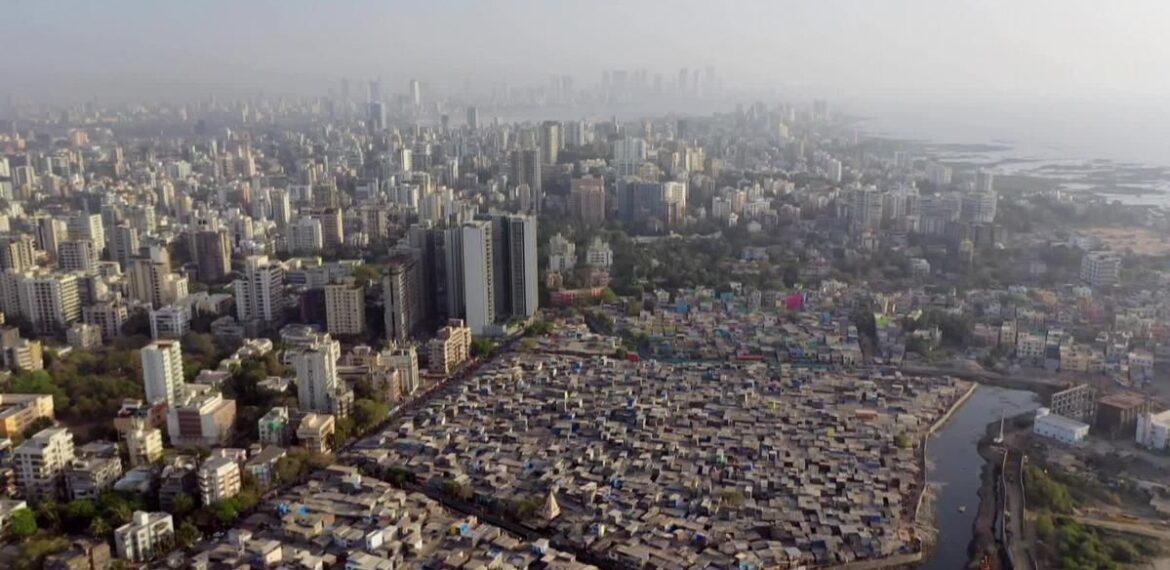Produced below is an excerpt from an essay by FP Antia titled ‘Whither Indian Urbanisation?’ published by the Forum of Free Enterprise. The author is an eminent authority on transport and urban problems. This text is based on two lectures delivered in Chandigarh, under the auspices of the Department of Commerce & Business Management, Punjab University.
Antia says that India’s rapid urbanisation leads to overcrowded cities, inadequate housing, and strained infrastructure, especially in megacities like Bombay and Calcutta. He highlights that effective regional planning and controlled migration are essential for improving living conditions and managing urban growth.
India’s rapid urbanisation is a defining feature of its modern landscape. The 1971 census recorded 109 million people, approximately 20% of the total population, living in urban areas. While this percentage is lower than countries like the US and Japan, the sheer number of urban dwellers ranked India as the third largest urban population globally. The rapid expansion of cities, especially those with populations exceeding 100,000, paints a picture of a nation grappling with the complexities of urban growth.
The number of large cities has increased significantly over the decades, from 74 cities with populations over 100,000 in 1951 to 142 in 1971. Urbanisation in India, however, is often synonymous with the growth of mega-cities like Calcutta, Bombay, and Delhi. By 1971, Calcutta housed 7 million people, Bombay 6 million, and Delhi 3.6 million. These figures, already alarming, have only swelled in the years since.
The urbanisation process appears certainly to have run amuck in this country. While urbanisation promises economic development, it also brings forth severe challenges, particularly in housing. In cities like Bombay, the disparity between pucca (permanent) and kaccha (temporary) housing is stark. In slum areas, basic amenities like water and sanitation are often nonexistent or shared by large numbers of people, adding to the misery of overcrowded living conditions.
For instance, the percentage of households with access to independent water taps in Bombay’s pucca areas was only 49%, while in hutment areas, the figure dropped to 32%. Such challenges are compounded by an unreliable water supply. The common sight of taps running dry even in wealthier areas speaks volumes about the infrastructure strain in these urban spaces.
The housing crisis is similarly dire. In Bombay, 77.6% of households had just one room, with many families comprising three or more people living in this space. The need for basic services like proper sanitation further aggravates living conditions. A 1971 survey found that only 31% of households in pucca areas had independent water closets, while in hutment areas, this figure was an abysmal 2.3%.
What then is the solution? Controlling migration to urban areas is essential. The influx of people into cities like Bombay, Calcutta, and Delhi places enormous pressure on their limited resources. Regional plans that foster decongestion through the creation of satellite towns and employment opportunities in smaller towns and villages could help ease this urban stress.
Urban planning that integrates new industrial townships and prioritises a holistic approach to housing and infrastructure is key to addressing India’s urban challenges. But beyond infrastructure, the ultimate test lies in the quality of life provided to urban dwellers, as urban sociologists and planners have repeatedly pointed out. A concerted effort to improve living standards in India’s rapidly expanding urban centres is the need of the hour.
Read the complete text here.

